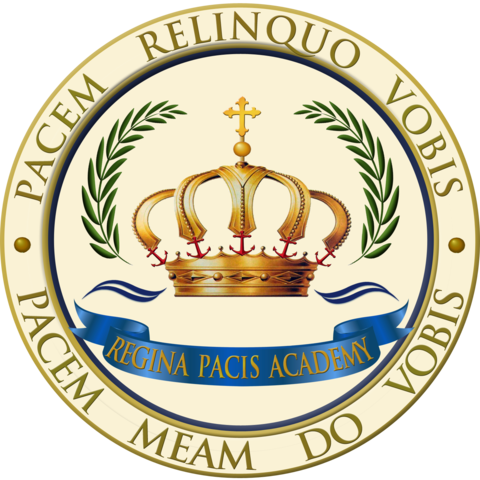A Case for Classical Education
When considering the many varied options for your child's education, you probably have heard of Catholic schooling. But have you ever considered sending your child to a classical Catholic school? What makes a Catholic school classical, you may ask? While one may think "classical" refers to something that is old-fashioned, in fact, the classical approach to education has been successfully used by the Church and Western civilization through the ages, and has only recently been discovered anew as an effective and worthy approach to educating our youth.
Classical pedagogy is suited to basic human nature and development and has been tested over centuries. Its purpose is not to teach the student everything, but instead to form in the student the ability to learn new material. Instead of teaching a student what to think, they are taught how to think. The classical model is rigorous and requires self-discipline, but it trains students to be analytical and to be able to draw conclusions, while fostering curiosity and love of learning.
If you're new to classical education, this may sound intimidating, but it's actually one of the most natural approaches to education there is.
Where did the Classical approach to Education come from?
The classical approach to education is older and more ingrained than one might think. The classical model has been used for centuries but has experienced a resurgence in popularity over the past few decades. Drawing upon the texts of the Late Antiquity Roman author Martianus Capella, who first described the seven liberal arts, the classical approach reached its high point in the Middle Ages and Renaissance period, and has educated students for centuries. Despite the fact that it's an older approach, the positive aspects of a classical education are even more relevant today. In an age where the pursuit of knowledge, a broad, well-formed education, and a love for learning are often held in low esteem, placed secondary to a superficial vocational-focused formation heavily dependent on the latest technological fads, classical education is truly timeless and provides the foundation for forming habits of mind, body, and soul that will serve children throughout their lives.
What are the Stages of Classical Education?
Mirroring the natural development of the human mind, the classical approach, divides the stages of learning into three (called the Trivium). The grammar stage (grades K to 6) is first and the foundation of classical education, and it emphasizes memorization, the learning of fundamental rules through drills, and repetition. This stage provides the building blocks for later learning.
From there, the logical stage (grades 7 to 9) is next, and takes the skills learned during the grammar stage and employs them for use in more analytical thinking. This stage encourages students to recognize cause and effect and to understand how things relate to each other or how they fit together.
Finally, the rhetorical stage (grades 10 to 12) takes facts and logic learned during the previous stages and uses them for creative purposes. In this stage, students learn to express what they learned in a coherent fashion and to use persuasive arguments in a rational discussion.
Catholic Classical Education is for Everyone
Catholic means “universal,” and Catholic classical education is an education for everyone. Students of all abilities and backgrounds flourish as they develop tools of thinking and discover wondrous connections across the curriculum and within the world God made. It is as powerful in the 21st century as it was in the 16th, because it is based on the unchanging nature of reality and nature of the human person.
If you'd like to learn more about how your child could benefit from a Catholic classical education, contact Regina Pacis Academy today.


